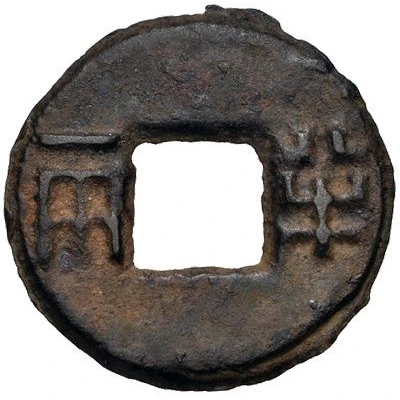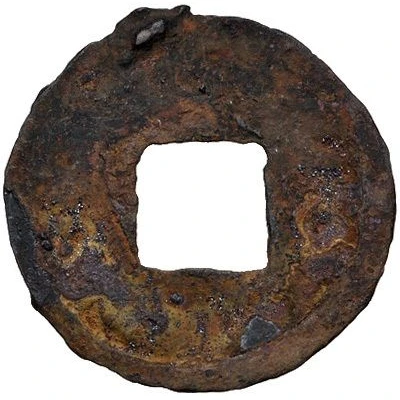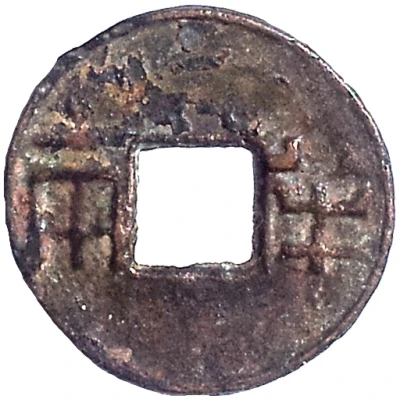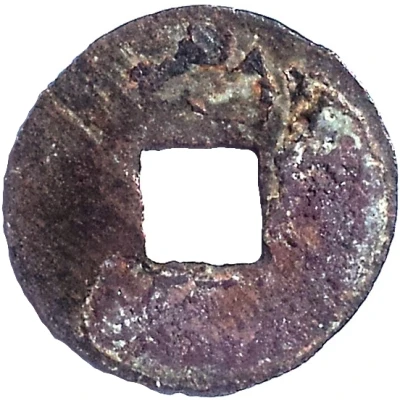


© Classical Numismatic Group, Inc.
½ Liang Type 4; iron 175 BC - 118 BC
| Iron | 2.68 g | 25 mm |
| Issuer | China (ancient) |
|---|---|
| Period | Western Han Dynasty (202 BC - 8 BC) |
| Type | Standard circulation coin |
| Years | 175 BC - 118 BC |
| Value | ½ Liang |
| Currency | Liang (300-118 BC) |
| Composition | Iron |
| Weight | 2.68 g |
| Diameter | 25 mm |
| Shape | Round with a square hole |
| Technique | Cast |
| Demonetized | Yes |
| Updated | 2024-10-09 |
| Numista | N#210390 |
|---|---|
| Rarity index | 93% |
Reverse
Blank (uniface).
Edge
Plain
Comment
Many of these iron pieces have been found in Hunan.Five main types exist:
- Type 1: Weight around 8 grams.
- Type 2: Weight around 5 grams.
- Type 3: Weight less than 2 grams.
- Type 4: Weight less than (or around) 3 grams; without rims.
- Type 5: Weight less than (or around) 3 grams; with rims.
Interesting fact
The ½ Liang coin was used during the Western Han dynasty in ancient China, and it was one of the first coins to feature a square hole in the center. This design was unique to Chinese coins at the time and was used to distinguish them from other coins in circulation. The square hole also made it easier for people to string the coins together, allowing them to carry larger amounts of money more conveniently.

